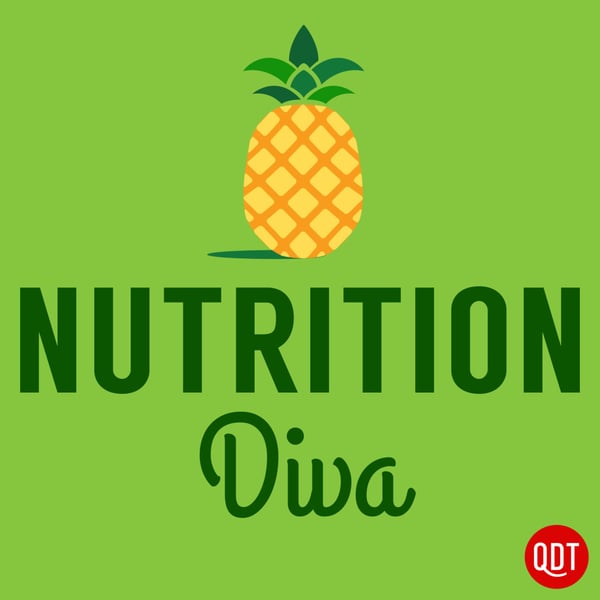611 - 3 Ways the Pandemic Helped us Eat Better
Nutrition Diva
Macmillan Holdings, LLC
4.3 • 1.7K Ratings
🗓️ 9 March 2021
⏱️ 7 minutes
🧾️ Download transcript
Summary
Transcript
Click on a timestamp to play from that location
| 0:00.0 | Hello and welcome to the Nutrition Diva podcast. I'm your host, Monica Reinegel. |
| 0:10.0 | It has been quite a year, and now as vaccines for the novel coronavirus start to roll |
| 0:15.8 | out, we're all starting to look forward to a return to a more normal way of life. |
| 0:21.9 | Although few of us would have chosen the drastic changes to our lifestyles and our habits |
| 0:26.6 | that the last year brought, there have been a few collateral benefits. We might want to |
| 0:32.4 | hang on to some of the changes we've had to make even after the crisis has passed. |
| 0:37.8 | Today, I want to talk about three ways that the pandemic may actually have improved |
| 0:42.8 | our nutrition and our eating habits. Number one, we're more connected to local providers. |
| 0:50.0 | The early months of the shutdown revealed vulnerabilities of our highly efficient, |
| 0:54.5 | but also highly centralized food supply. Early in the pandemic, we heard heartbreaking |
| 1:00.4 | stories of farmers destroying crops that they couldn't get to market while consumers were |
| 1:06.4 | staring at empty shelves. And at the same time, growers who usually sell a large portion of |
| 1:12.2 | their goods to the restaurant industry suddenly found themselves with no outlet. |
| 1:17.6 | Happily, these two groups have found each other. Participation in consumer-supported agriculture |
| 1:24.0 | or CSAs where consumers pay local growers in an exchange for a share of whatever they're harvesting |
| 1:30.8 | that week, shot way up. And misfit produce subscriptions, where fresh produce that is bound for |
| 1:37.6 | the landfill due to minor cosmetic flaws is instead redirected to consumers. Those are also |
| 1:44.0 | enjoying a big uptick. Programs like these, which forge a more direct connection between consumers |
| 1:50.7 | and local growers, help to create a food distribution system that is more resilient to disruption |
| 1:57.2 | by events such as pandemics and other natural disasters. They also promote the consumption of |
| 2:03.3 | fresh foods and they reduce food waste. Win, win, win. A second way that I think the pandemic may |
| 2:10.8 | have had a positive influence on our eating habits is that a lot of us are cooking and growing |
... |
Please login to see the full transcript.
Disclaimer: The podcast and artwork embedded on this page are from Macmillan Holdings, LLC, and are the property of its owner and not affiliated with or endorsed by Tapesearch.
Generated transcripts are the property of Macmillan Holdings, LLC and are distributed freely under the Fair Use doctrine. Transcripts generated by Tapesearch are not guaranteed to be accurate.
Copyright © Tapesearch 2025.

